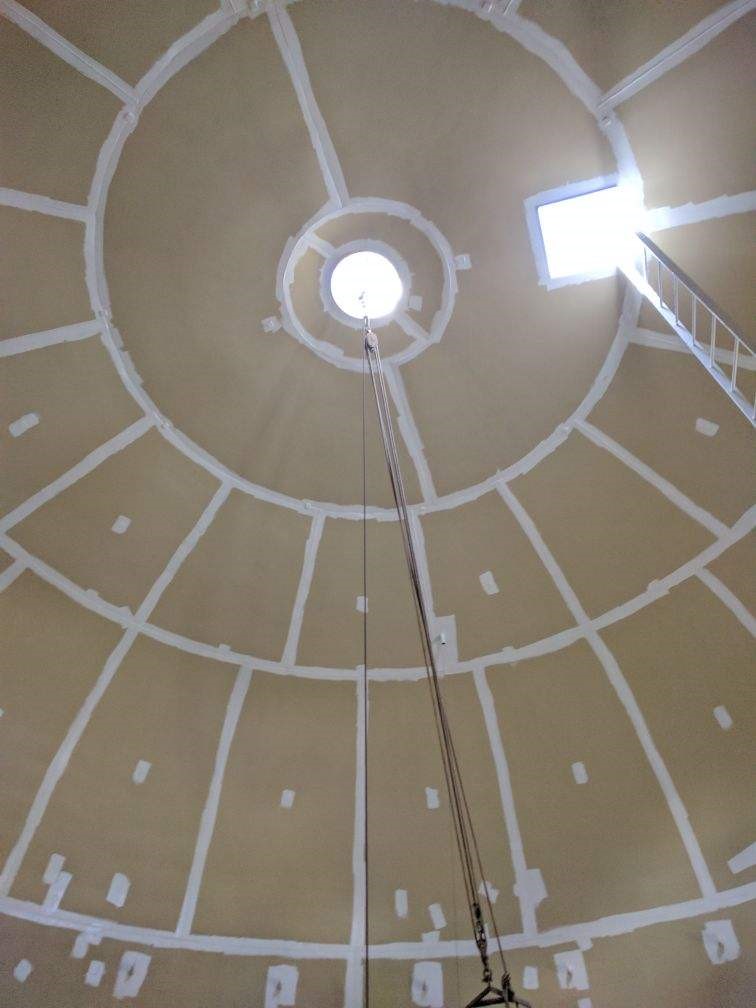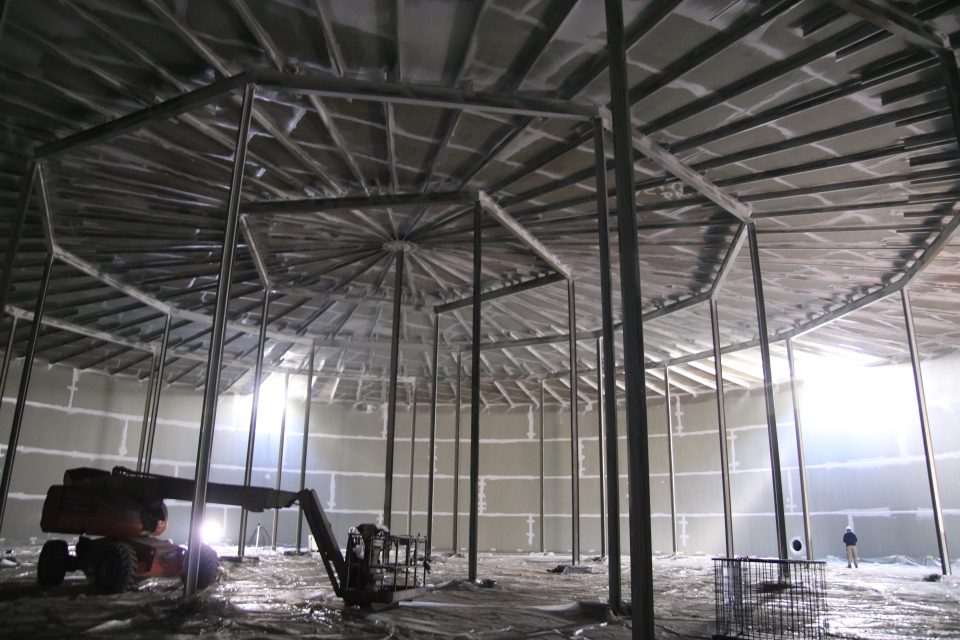 We all know that applying a uniform coat of paint to irregular surfaces can be challenging. That’s where stripe coating comes in.
We all know that applying a uniform coat of paint to irregular surfaces can be challenging. That’s where stripe coating comes in.
What is stripe coating?
A stripe coat is applied only to edges or welds on steel structures before or after a full coat is applied to provide those areas with sufficient film build to resist corrosion. Stripe coats offer extra corrosion protection measures on edges, crevices, nut and bolt assemblies, rivets, inside/outside corners, corrosion-pitted steel, crevices, bolt heads, fasteners and welds.
When it comes to irregular surfaces like these, coatings will pull away from the edges and become thin during the curing process. Thinner film coatings provide less barrier protection and an increased susceptibility to damage, which makes a hand-applied stripe coat crucial.
How are stripe coatings applied?
Brush or roller application is typically the recommended method for applying a stripe coat. The mechanical force of a brush or roller forces the coating into crevices, rather than potentially bridging over them with a spray application. Airless or conventional spray can be used to apply the wet material, followed by back brushing/rolling to ensure the irregular surface has been fully coated by the material. When properly done, spray application with back brushing/rolling provides uniformity of the stripe coat.
A stripe coat is usually applied after a full prime coat over blast-cleaned steel. Applying a stripe coat before the full coat can make it easier to see the areas being stripe coated and is easily inspected. When applying a stripe coat after a prime coat, you should employ the use of contrasting colors to make the stripe coat visible to applicators and inspectors.
What are the benefits of stripe coating?
Stripe coating is considered one of the most effective ways to avoid bridging, edge corrosion and the premature breakdown of corners on a structure. Though stripe coating adds expense and an extra step to a project, it is specified when the extended service life provided outweighs the additional cost.
Steel structures in mild exposure environments or interior exposure environments may not need the added corrosion protection of stripe coatings. But, the extra expense and effort of a stripe coating is worthwhile when the structure is in immersion service or in a highly corrosive environment, has a history of corrosion issues, or has complex structural configurations, such as rivets, flanges, etc.
Stripe coats are typically not specified to a finite wet film or dry film thickness because of irregularly shaped surfaces that may not be accurately measured with a dry film thickness gauge. When applying stripe coats, the goal is to control the thickness, serve as a thin application and achieve optimal, uniform coverage of the irregular surface. Applying a stripe coat too thick may cause mud cracking, poor aesthetics or other defects, which would defeat the purpose of stripe coating.





